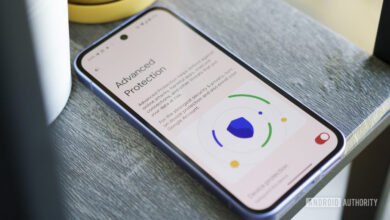Google’s Opal AI coding app expands to 15 new countries

▼ Summary
– Google has expanded its AI app-building tool Opal to 15 additional countries, including Canada, India, Japan, and Brazil.
– The app allows users to create mini web applications using text prompts and customize them through a visual editor without coding.
– Google improved Opal’s debugging features, enabling step-by-step workflow execution and error identification within the visual editor.
– Performance enhancements now allow faster app creation and the ability to run multiple workflow steps simultaneously.
– Opal joins a competitive field of no-code app development tools from companies like Canva and Figma, targeting non-technical users.
Google is significantly expanding the global footprint of its Opal AI coding application, making the innovative tool available to creators in fifteen additional countries. This strategic move opens up access for users in Canada, India, Japan, South Korea, Vietnam, Indonesia, Brazil, Singapore, Colombia, El Salvador, Costa Rica, Panamá, Honduras, Argentina, and Pakistan. The platform empowers individuals to construct small-scale web applications simply by describing what they want to build.
Megan Li, a Senior Product Manager at Google Labs, expressed surprise at the platform’s initial reception. She noted that while the team anticipated U.S. users would craft simple, fun tools, they were instead met with a wave of sophisticated, practical, and highly creative applications. This ingenuity from early adopters underscored the need to place Opal into the hands of a broader international community of creators.
The application’s functionality is straightforward. Users begin by typing a description of their desired mini-app. Opal then leverages various Google AI models to bring that description to life, generating a functional web app. Once the initial version is ready, an editor panel becomes available. This visual interface allows creators to see and modify the entire workflow, including inputs, outputs, and each generation step. Any part of the process can be clicked for review or editing, and new steps can be manually inserted using the app’s toolbar. Completed projects can be published online, and a shareable link lets others test the app using their own Google credentials.
Alongside the international rollout, Google has unveiled several key enhancements to the Opal experience. The debugging capabilities have been refined, all while maintaining the platform’s foundational no-code principle. Users can now execute their workflow one step at a time within the visual editor or make precise adjustments in the console. Errors are flagged immediately at their source, providing clear context and removing the need for tedious guesswork.
Google also reports making substantial gains in Opal’s core performance. Previously, generating a new Opal could take five seconds or longer. The engineering team has focused on accelerating this process to streamline the initial creation phase. A major new feature allows steps to run in parallel, meaning complex workflows with multiple components can execute simultaneously, drastically cutting down development time.
The initial launch of Opal in the United States last July positioned Google alongside other industry players like Canva, Figma, and Replit. These companies are all developing solutions that enable people without technical coding skills to design and prototype applications, democratizing the process of software creation.
(Source: TechCrunch)

